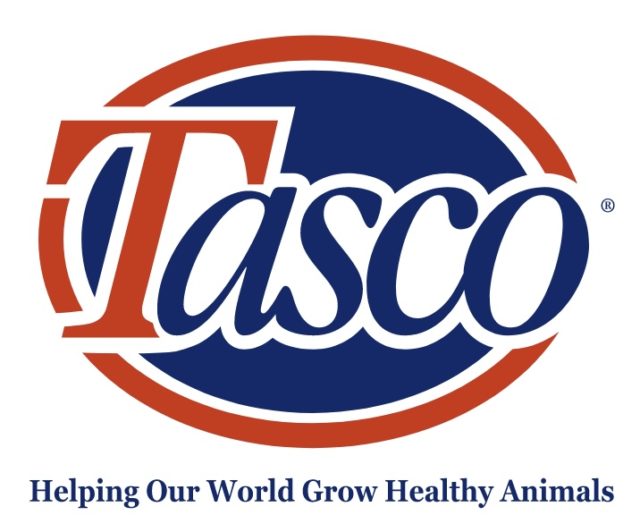The total ash content of a producer’s forage can play a critical role in animal performance. Producers should pay attention to ash because it lowers forage intake, reduces digestibility, negatively affects fermentation and dilutes forage nutritive value.
What is ash? Some may call it a fancy word for dirt. Ash is the total mineral (non-organic) content of forage. It can be found inside the plant as well as on the plant’s surface.
Ash from inside the plant is naturally occurring, containing minerals such as calcium, phosphorus and potassium. Meanwhile, ash found on the plant’s surface, or external ash, is commonly associated with soil and silica. It also includes calcium, phosphorus and potassium – but not necessarily in forms the animal can use.

When a crop contains an excess amount of ash, it will reduce milk production in cows. A cow can only consume so many pounds of feed per day. Poor-quality forage will simply take up space in a cow’s stomach, not delivering nutritional value and making it impossible to increase milk production.
A joint study by the University of Minnesota, Penn State, University of Wisconsin – Madison and the USDA determined that when total ash content increases, forage quality (RFQ) and milk per ton (pounds) decrease.
A high percentage of ash in forage can be caused by a dry or dusty climate or wet and muddy soil – both conditions, to no surprise, that a producer cannot control. However, an excess of total ash can also come from misadjusted equipment. Here are a few best practices we recommend to effectively minimize ash content in forage.
Cutting height is key
The lower the cut, the higher the chances are to have soil in the forage. While increased cutting height will result in decreased yield, it will lower ash content and improve forage quality. Where is the sweet spot? We recommend 2 1/2 to 3 inches for alfalfa and 3 to 4 inches for grass. It is important to avoid harvesting lodged forage.
Check your cutterbar angle
The cutterbar setting affects the amount of dirt drawn into the crop. We recommend adjusting the cutterbar angle between zero and 4 degrees tipped down. It is critical to not go beyond 4 degrees.
Maintain proper field conditions
Fields should be well prepared and smooth at planting. Try not to plant alfalfa in the same direction as the mowing direction because the mowed stems will fall between the stubble. Roll the alfalfa field in the spring to smooth out the frost movement (or rutting from harvest the year before). It is also recommended not to mow too close to field edges, ditches or waterways. Turn slow on headlands. Tires should not lift dirt or scuff the ground when mowing, merging or chopping.
Reduce PTO speed
If weather conditions are dry and dusty, you’ll want to reduce your mowing power takeoff (PTO) speed. Higher disc speeds create more wind, causing dust to be lifted in the air.
Consider flotation
Set mowers to have less than 500 pounds on the ground. A good rule of thumb is that you should be able to dead lift the ends of each mower. When going over a bump, the mowers should hover a little higher than normal for 3 to 5 feet after the bump. If recent rainfall has brought on muddy conditions, it is especially important to set the flotation to lightweight so your mower is not getting into the mud. Different ground speeds can have significant effects on flotation.
Pay attention to windrow formation
Ensure that the tires of the mower tractor are not driving on the swath – there is a fine line between narrow and wide swath to dry-down. Set tires out wide if making wide swaths. Placing a wide swath on to a higher stubble will lower the amount of soil that can accumulate on the bottom of a windrow and increase dry-down.
Not only will high ash content cause more wear on the harvest chain, it is critical for producers to know what exactly they are feeding their livestock. Forage quality can make a significant difference in animal performance and health. After all, good-quality green forage means a healthy cow.






